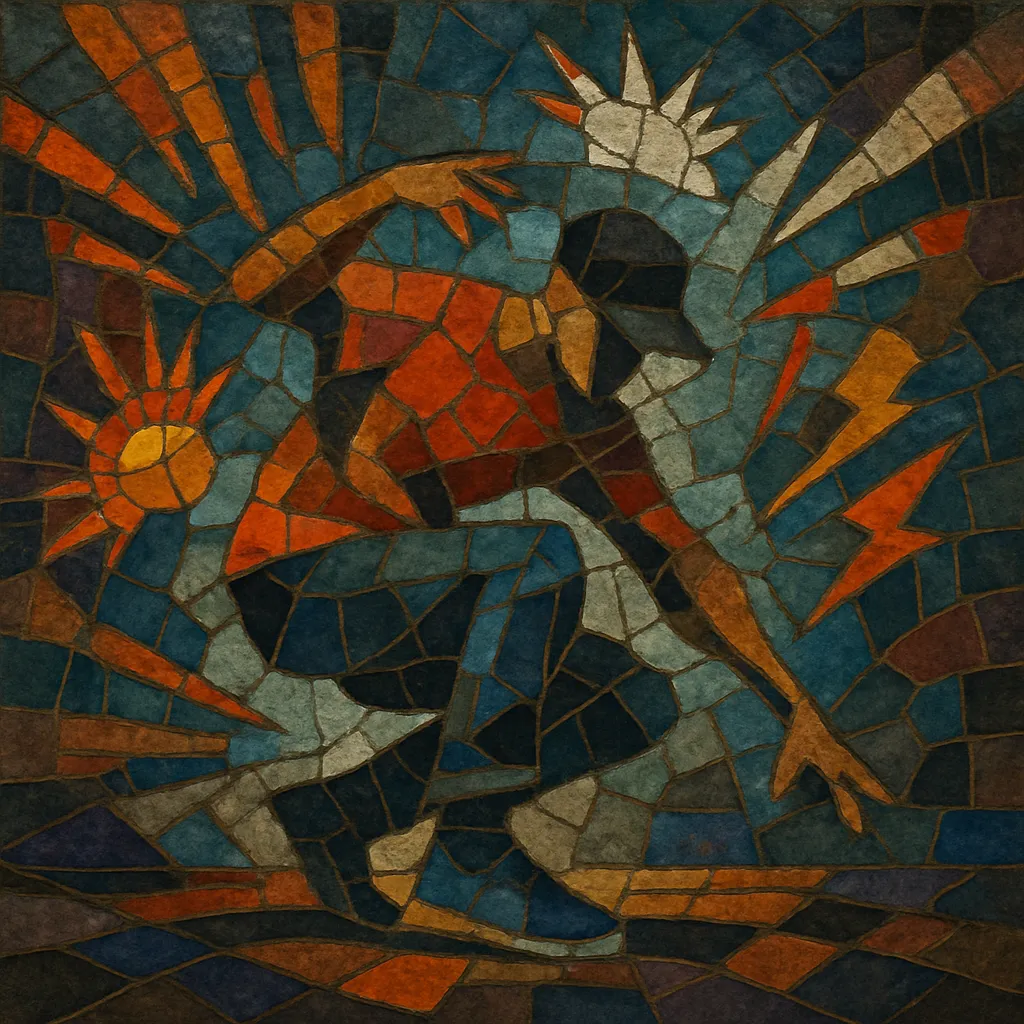Flex Dance Music (often abbreviated FDM) is a high-energy, battle-ready club sound created to accompany the Brooklyn street-dance style known as flexing. Built for showcases and one-on-one battles, the music emphasizes sudden drops, hollow spaces, and explosive percussive hits that mirror the dance’s bone-breaking, pausing, and gliding techniques.
Rhythmically it draws heavily from dancehall while absorbing elements from East Coast club music, trap, and grime. Expect chopped vocal calls, airhorns, sirens, spin-backs, and subby 808s arranged in stark, stop–start patterns. Melodic content tends to be minimal and tense; the groove does the storytelling so dancers can punctuate the silence with dramatic movement.
Flex Dance Music grew out of the flexing scene in Brooklyn, New York, a street-dance culture showcased in battle events like BattleFest. Flexing’s vocabulary—bone-breaking, pausing, gliding, and storytelling—demanded music with sharp rhythmic punctuation and dramatic negative space. Early battle DJs pulled from dancehall and hip hop, editing tracks live to fit the kinetic demands of the dancers.
In the early 2010s, a distinct production style started to crystallize: sparse melodies, 808 subs, rapid-fire snares, sirens, and chopped shouts arranged in start–stop structures geared to highlight dancers’ “kill-offs.” Producers such as Epic B, Hitmakerchinx, Uninamise, and DJ Aaron began releasing original instrumentals explicitly branded as Flex Dance Music (FDM), codifying the genre’s tempo range, drum palette, and arrangement tropes. The documentary “Flex Is Kings” (2013) helped shine a light on the subculture and the emerging sound.
As the sound matured, FDM interacted with neighboring club forms (Jersey/Baltimore club, grime, trap, and footwork), while remaining rooted in dancehall’s pulse. NYC producers and dancers took the style to international festivals, workshops, and theater projects, spreading the music alongside flexing. The result is a nimble, battle-optimized club grammar that producers worldwide now reference when composing for performance-forward dance.


